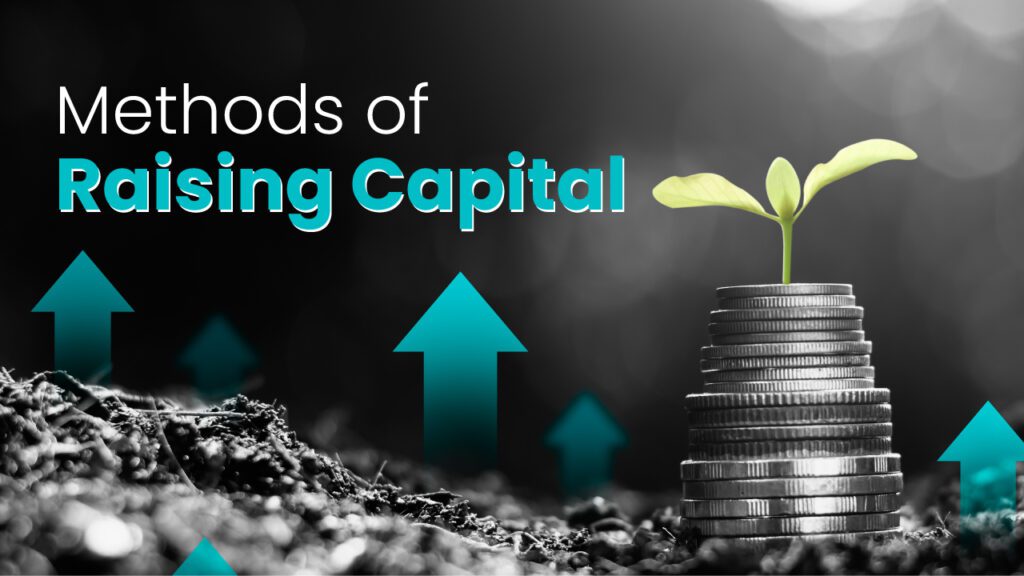What is Index in Stock Market in India
Do you also scratch your head when you hear terms like Nifty or Sensex? Don’t worry, you are not alone. These stock market indices are everywhere in finance reels or headlines — but what is index in stock market? Think of a stock market index as a barometer that reflects the performance of a group of stocks. Knowing this helps investors understand market trends and make better investment decisions. This blog will simplify it all, from covering the types of index in stock market, how they are formed and why they’re important for tracking market performance. What is Index in Stock Market A stock market index is basically a statistical measure that represents the performance of a specific group of stocks. They provide information on whether that specific group of stock is going up, down, or staying steady. These indices represent a specific group of companies and are selected based on a few factors like their size (market capitalization), trading volume, the sector they belong to—such as banking, IT, energy and so on or how often their shares are traded. Investors use such indices to understand how the market is performing and to see if their own investments are doing better or worse than the average. For example, the Nifty 50 index includes 50 of the largest and most actively traded companies listed on the National Stock Exchange (NSE) whereas the Sensex 30 covers 30 top companies that are listed on the Bombay Stock Exchange (BSE). Importance of a Stock Market Index Stock market indices are much more than just the numbers flashing on your screen.They play an important role in how the entire stock market functions. 1. Benchmarking the PerformanceYou invested in a few stocks. Then how will you know if your investments are doing well or are they underperforming? Here indices come into play. Investors use them as a benchmark to measure their own portfolio’s performance. For example, if the Nifty 50 rose by 10% in a year and your portfolio gave 12%, then you’d done better than the market. 2. Reading Market MoodIndices are like a market mood tracker.. When the Sensex or Nifty is rising, it means overall investor sentiment is positive. If they’re falling, it may signal worry or fear or confusion among investors. So indices help understand what the broader market is feeling right now. 3. Helping in Investment ChoicesThere are sector specific stock market indices too like Nifty Bank, Nifty IT, etc. If a particular sector index is doing well consistently, it may guide other investors to explore opportunities in that particular sector. So indices help an investor in deciding where to invest. Used to Create Investment Products Many mutual funds and ETFs (Exchange-Traded Funds) are designed to mirror the performance of an index. For example, a Nifty 50 Index Fund will invest in the same 50 companies that make up the index. This makes it easy for investors to get broad exposure to the market without selecting individual stocks. Types of Stock Market Indices The Indian stock market comprises various indices each serving a distinct purpose. Let’s take a look: 1. Benchmark Indices Nifty 50: Represents 50 large-cap stocks listed on the National Stock Exchange (NSE). These companies are from various sectors like FMCG, banking, IT, and energy. This index gives a broad picture of the Indian economy. When someone says “Nifty is up today,” it means that the average value of these top 50 companies has increased, reflecting positive market sentiment. BSE Sensex: The Sensex (short for Sensitive Index) tracks 30 companies that are the most established and financially sound,listed on the Bombay Stock Exchange (BSE). These 30 companies are considered as leaders in their respective industries and their selection is based on their market capitalization and liquidity. Like the Nifty, the Sensex acts as a pulse of the Indian stock market so when the Sensex rises or falls, it indicates the general direction of the market. These 2 are the most popular indices in the Indian stock market. These indices provide a snapshot of the overall market performance. 2. Sectoral Indices These indices focus on specific sectors: Nifty Bank: This index includes India’s top banking sector stocks which are listed on the NSE, such as HDFC Bank, ICICI Bank and SBI. This index reflects the overall performance of India’s banking industry. So, if Nifty Bank is rising, it usually means banking stocks in India are doing well. Nifty IT: This index tracks India’s biggest and most influential information technology companies like Infosys, TCS and Wipro. It helps investors in understanding how the tech sector is performing, especially during times of global digital demand. Nifty Pharma: This index includes prominent pharmaceutical companies such as Sun Pharma, Dr. Reddy’s and Cipla. It shows how the pharma industry in India is moving. This index becomes most relevant during health-related global events or policy changes. Such sectoral indices help investors in assessing the performance of particular industries. 3. Market Capitalization-Based Indices These indices categorize companies based on their market capitalization: Nifty Midcap 100: This index tracks the performance of 100 mid-sized companies that are listed on the NSE. These firms are usually larger than small-caps but smaller than large-caps. Examples include companies like Max Healthcare or Bharat Forge. Investors often look at this index to find companies with high growth potential and slightly lower risk than small-caps. Nifty Smallcap 100: This index represents 100 smaller companies that have lower market capitalization. These companies are often emerging businesses or niche players. While small-caps can offer high returns, they also carry higher risk due to lower liquidity and high price volatility. Market capitalization based indices helps investors in understanding the performance of different segments of the market. Thematic Indices These indices focus on specific investment themes or market trends: Nifty Next 50: This index includes those 50 companies that are ranked just below the Nifty 50 in terms of market capitalization. These companies are often seen as the one “next in line” that








